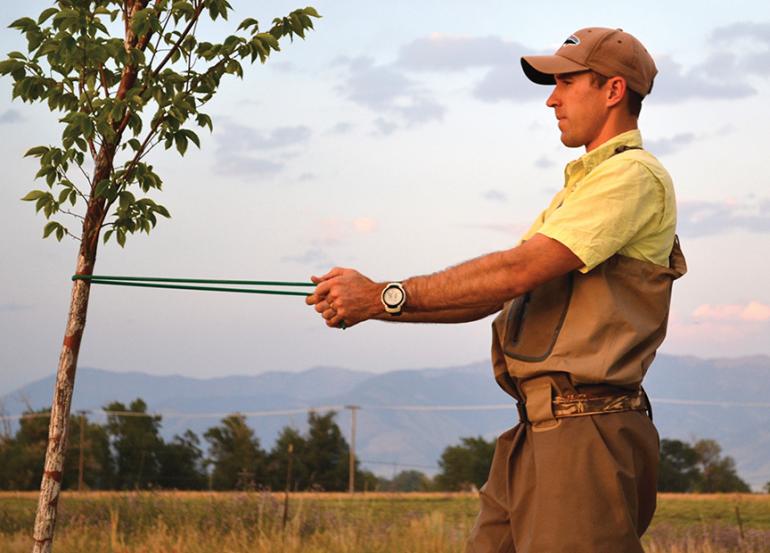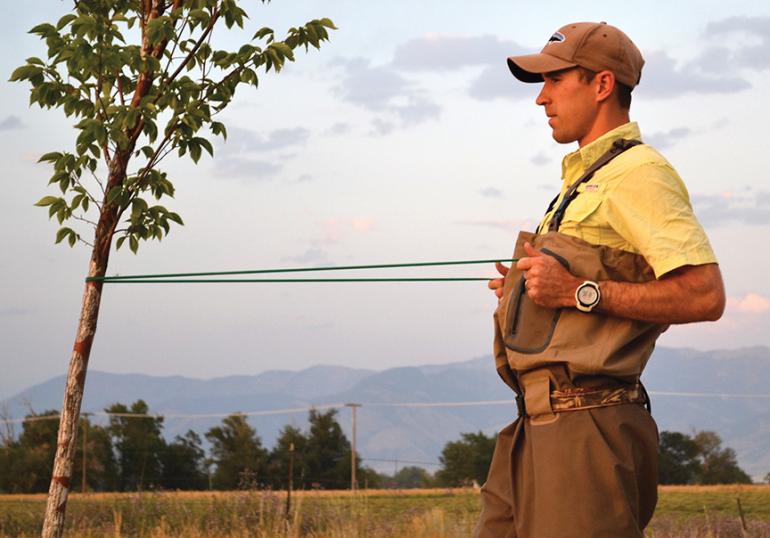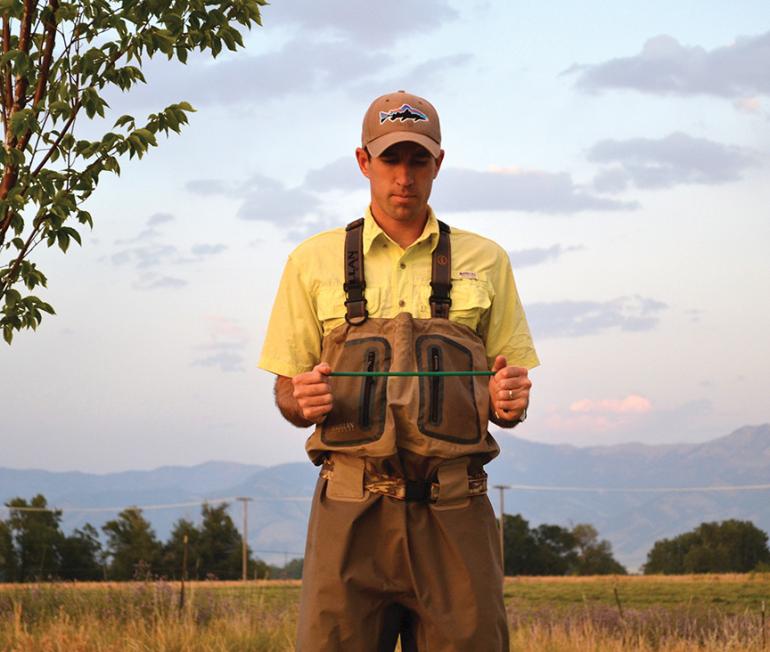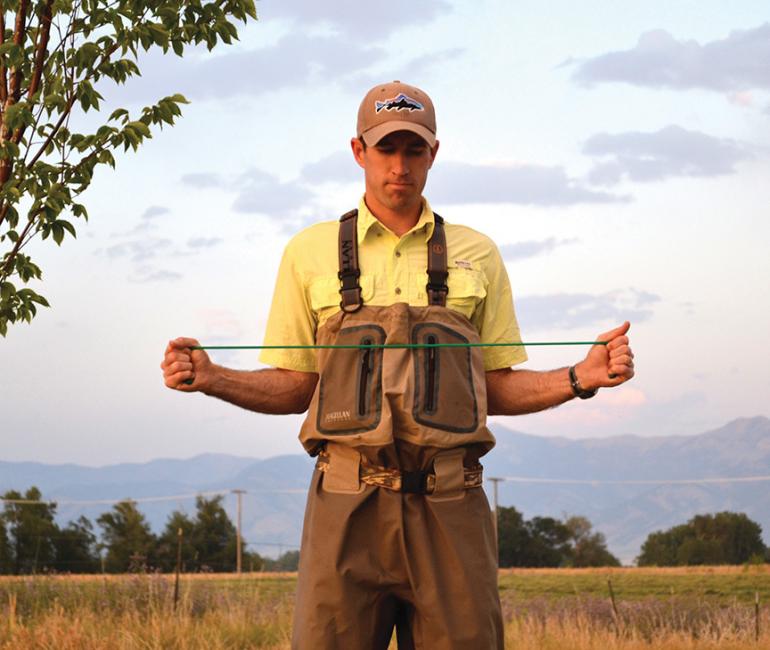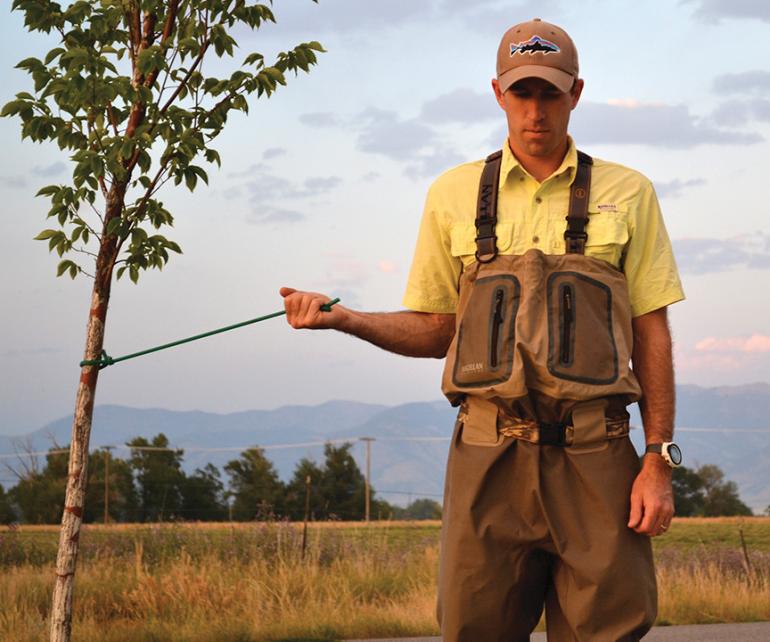Keep Your Rod Up
Preventing fly-fishing shoulder injuries.
For folks who find solace at the edge of deep pools, fooling fish with chicken feathers and squirrel tails, southwest Montana is heaven. I’ve met “honest” aficionados, heard countless fish tails, and spent time on the water with fishermen who fish all day, flat-out forgetting to eat.
Dedication and obsession are common terms associated with fly fishermen, from young folks sneaking away once in a blue moon, to seasoned trout bums, blessed with a perpetual hall-pass to sling soft hackle several days a week. But over-use can also lead to injury. Shoulder dysfunction can be as minor as shoulder pain that limits casting or as severe as a rotator-cuff strain or tear that keeps the fly rod in the tube for weeks on end. Here are some tips for staying healthy and on the water.
Posture
Poor posture—forward and rounded shoulders—can lead to shoulder impingement, bursitis, rotator cuff injury, joint irritation, and eventually, joint degeneration and tissue breakdown due to over-use. Suboptimal posture places the casting shoulder in a vulnerable position and can significantly limit shoulder range of motion, negatively affecting cast distance and quality. If you aren’t stretching your chest muscles (pectoralis major and pectoralis minor), you need to get on it. After you stretch, perform some follow-up exercises, such as middle and lower trapezius rows.
Rotator-Cuff Strength
Rotator-cuff weakness will likely contribute to the above problems as well, due to inadequate joint stability. In order for the shoulder to be mobile and have good range of motion, the ball of the humerus must be properly stabilized in the shoulder socket by the rotator-cuff muscles. We have four rotator-cuff muscles: supraspinatus, infraspinatus, subscapularis, and teres minor. Other notable assisting muscles include serratus anterior, and middle and lower trapezius. Exercises such as resisted shoulder external rotation, resisted internal rotation, multidirectional rowing using exercise band, and “plank-ups” from a comfortable position using body weight in order to suit your level of ability, are all great ways to get that shoulder more stable and able.
Implementing these simple strategies will hopefully keep you on the water with your rod tip bent and your fly line tight.
Adam Groves is a physical therapist in Bozeman and Manhattan. For more information on shoulder-injury prevention, check out excelptmt.com.

